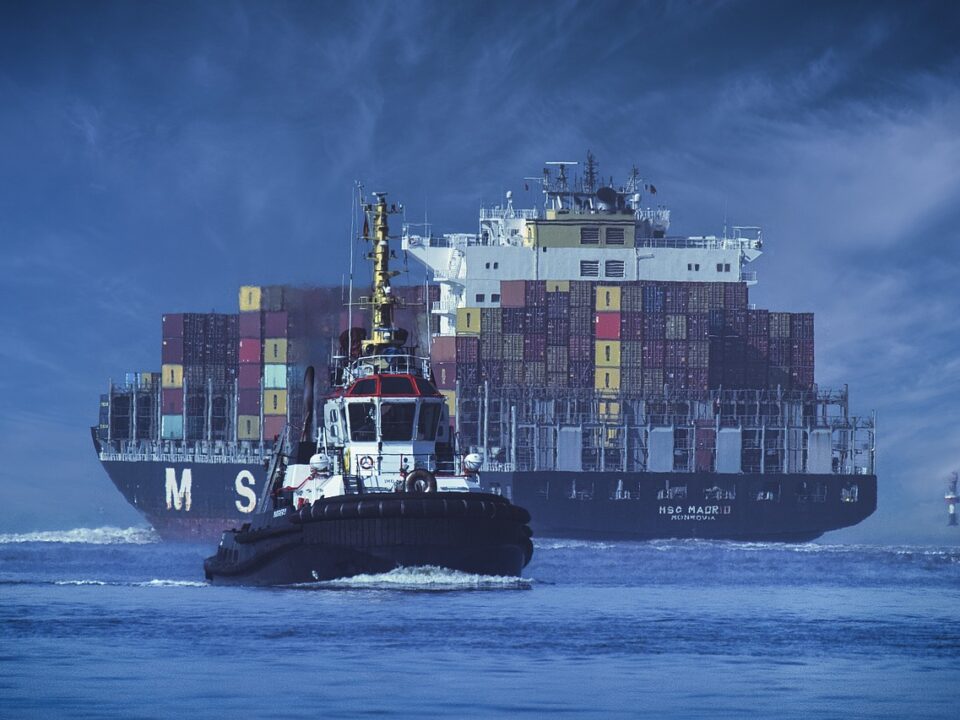
Socio-Economic Mobility in the Legal Sector
August 25, 2024
How Weaponised Incompetence Harms Black Women in the Workplace
August 28, 2024The United States is a vast country with diverse weather patterns, leading to varying impacts from natural events. Among these, storms stand out as particularly disruptive. While no region is entirely immune, some areas experience more frequent and intense storm activity.
In this article, we’ll explore the three U.S. regions most affected by storms: the Southeast, the Midwest, and the Northwest. We’ll delve into the reasons behind their stormy reputations and the measures residents take to weather these natural phenomena.
The Southeast: A Hotbed for Hurricanes and Thunderstorms
The Southeast region, encompassing states like Florida, Georgia, and the Carolinas, is notorious for its vulnerability to hurricanes and severe thunderstorms. This area’s climate and geography make it a prime target for these powerful storms.
Hurricane Alley
The Southeast sits in the path of the Atlantic hurricane corridor, commonly referred to as “Hurricane Alley.” Warm ocean waters and atmospheric conditions in the Atlantic basin create the perfect breeding ground for hurricanes. Florida, in particular, is the most hurricane-prone state in the U.S., experiencing more hurricanes than any other state.
According to Statista, nearly 40 percent of all hurricanes that made landfall in the United States from 1851 to 2022 struck Florida. During this period, the state was impacted by 120 hurricanes, 37 of which were classified as major hurricanes (category 3 or higher).
Thunderstorm Central
In addition to hurricanes, the Southeast is also prone to severe thunderstorms, especially during the summer months. These storms can produce heavy rain, lightning, hail, and even tornadoes. The high humidity and warm temperatures in the region provide the necessary ingredients for these violent weather events.
NBC News reported on May 9 that a severe storm claimed the lives of at least three people within 24 hours. The storm caused widespread destruction across the South. It left over 200,000 customers without power in Tennessee, the Carolinas, and Georgia. On May 8 alone, there were more than 360 storm reports, marking the fifth day of the year with over 100 tornado reports.
In another recent storm reported by Fox Weather on July 31, a 27-year-old man tragically lost his life. A tree limb fell on his vehicle in the Atlanta metro area. This incident underscores the severe and often life-threatening impact of storms in the region. It also raises questions about the role of government and local authorities in clearing potential hazards before storm season starts.
Government and local authorities have to ensure public safety by proactively managing and clearing hazardous tree limbs and debris, particularly before storm season. This responsibility is critical because failing to address these hazards can directly lead to accidents.
When authorities neglect this duty, they can be held liable for accidents resulting from their inaction or inadequate hazard management. If you’re involved in an accident caused by such negligence, you have the right to file a claim.
The authorities’ failure to maintain safe public spaces constitutes a breach of their legal obligations. Consulting a personal injury attorney in such cases is crucial. An attorney will thoroughly investigate the incident, gathering evidence to demonstrate how the negligence of local authorities directly contributed to the accident.
Additionally, TorHoerman Law notes that a personal injury attorney can negotiate with insurance companies and advocate on your behalf in court. They will ensure you receive fair compensation for damages, medical expenses, lost wages, and pain and suffering.
The Midwest: Tornado Territory
The Midwest, especially in states like Kansas, Oklahoma, and Texas, is famous for its tornadoes. This area, often referred to as “Tornado Alley,” has the highest tornado frequency globally.
Why are tornadoes so common in the US Midwest?
The Midwest’s distinctive geography greatly influences its tornado activity. The clash of cold, dry air from the Rocky Mountains with warm, moist air from the Gulf of Mexico creates ideal tornado conditions. This mix frequently results in supercell thunderstorms, which are the main drivers of tornadoes.
According to The Weather Channel, May is typically the peak month for tornadoes in the U.S. Over the 20 years ending in 2022, May averaged 278 tornadoes annually, surpassing both April and June.
Which states see the most number of tornadoes in the US?
Texas and Kansas are the most active states for tornadoes, with averages of 124 and 87 tornadoes per year, respectively.
Tornado Preparedness
Midwesterners have developed robust systems for tornado preparedness. Storm shelters and basements are common in homes, providing a safe refuge during tornado warnings. The National Weather Service and local meteorologists work tirelessly to provide accurate and timely warnings, helping residents take cover before a tornado strikes.
The Pacific Northwest: Storms and Flooding
The Pacific Northwest, including states like Washington, Oregon, and northern California, is known for its unique weather patterns. This region experiences a variety of storms, including heavy rain, windstorms, and flooding.
Why does the Pacific Northwest experience frequent and intense rainstorms?
The Pacific Northwest’s geographical features play a crucial role in its frequent and intense rainstorms. The region is situated along the Pacific Ocean and is subject to moist oceanic air masses. These air masses collide with the coastal mountain ranges, including the Cascades and the Coast Range.
This interaction forces the moist air to rise rapidly, leading to cooling and condensation that results in heavy precipitation. As the air ascends over the mountains, it releases large amounts of moisture, creating significant rainfall, particularly in western Washington and Oregon.
This orographic lift effect, combined with the region’s exposure to atmospheric rivers- long, narrow corridors of concentrated moisture, intensifies the rainfall. This phenomenon contributes to the Pacific Northwest’s reputation for substantial and persistent rainstorms.
For instance, on December 4, 2023, CNN reported a powerful atmospheric river brought record-breaking rainfall to parts of Washington and Oregon. Nearly 9 inches of rain fell in the affected areas. By December 5, the storm had caused two fatalities, flooded numerous homes, and necessitated several rescues.
While the Southeast, Midwest, and Northwest are the most storm-prone regions in the U.S., the resilience and preparedness of their residents are truly commendable. Through a combination of infrastructure improvements, community education, and personal readiness, these regions continue to adapt to the challenges posed by Mother Nature.
Understanding the unique storm dynamics of each region helps highlight the importance of tailored preparedness strategies. By staying informed and proactive, residents can better protect themselves and their communities from the devastating impacts of storms.





